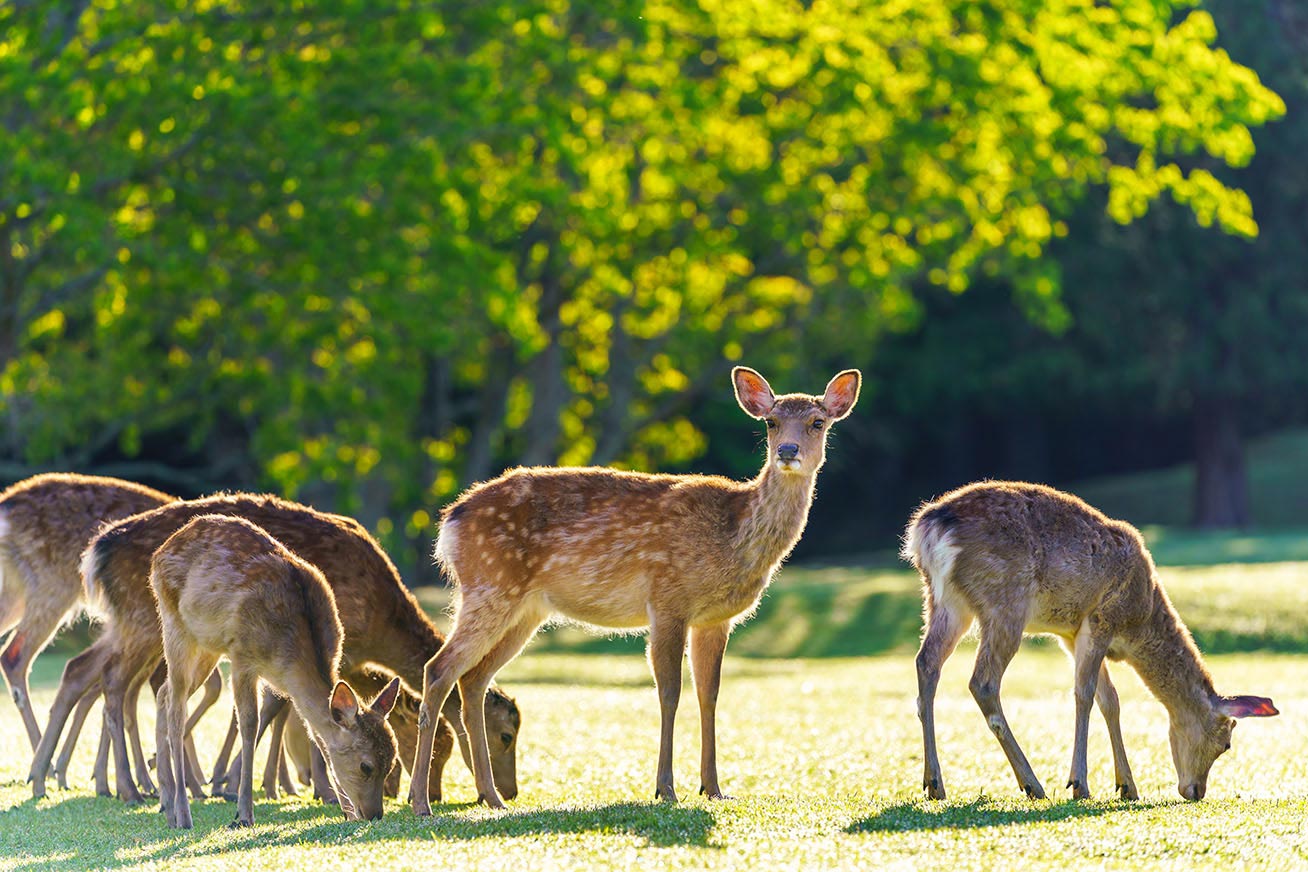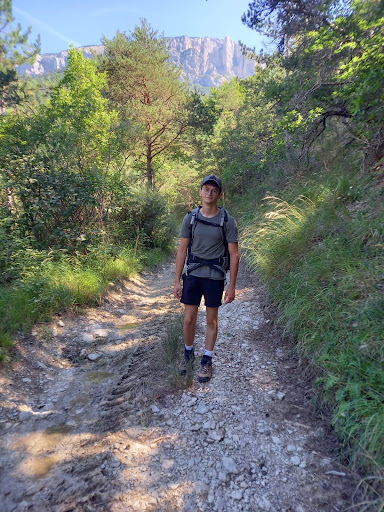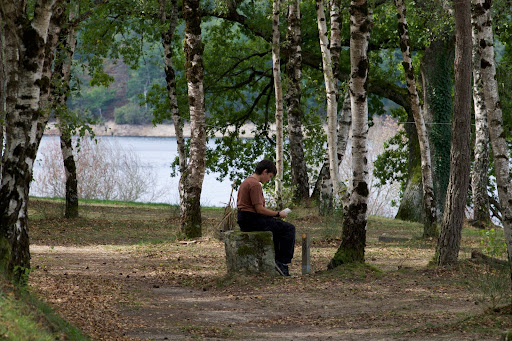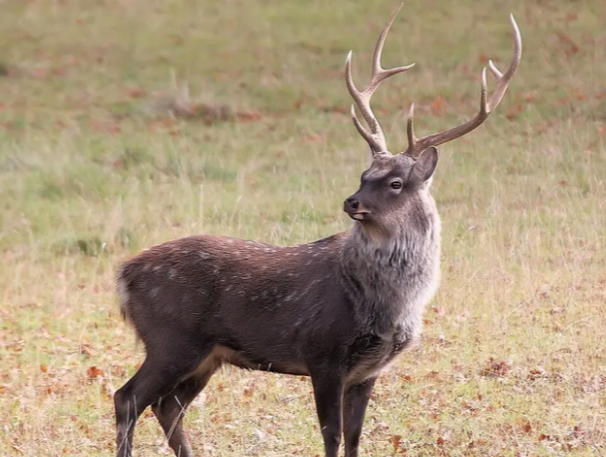
The Sika deer (Cervus nippon) is a deer species that inhabits the temperate forests of East Asia and is widespread throughout the Japanese archipelago.
Japan alone has six subspecies of Sika deer across its territory. Unfortunately, the species has disappeared from most of China and the Korean peninsula, making the Japanese archipelago the only region in the world where populations are abundant.
The Sika deer closely resembles the European fallow deer, with which it shares the same reddish coat with white spots, but it is actually more closely related to the red deer found in Europe. The sika deer is also smaller than its European cousin, with males measuring up to 1.30 m at the withers, compared to 1.50 m for the red deer.
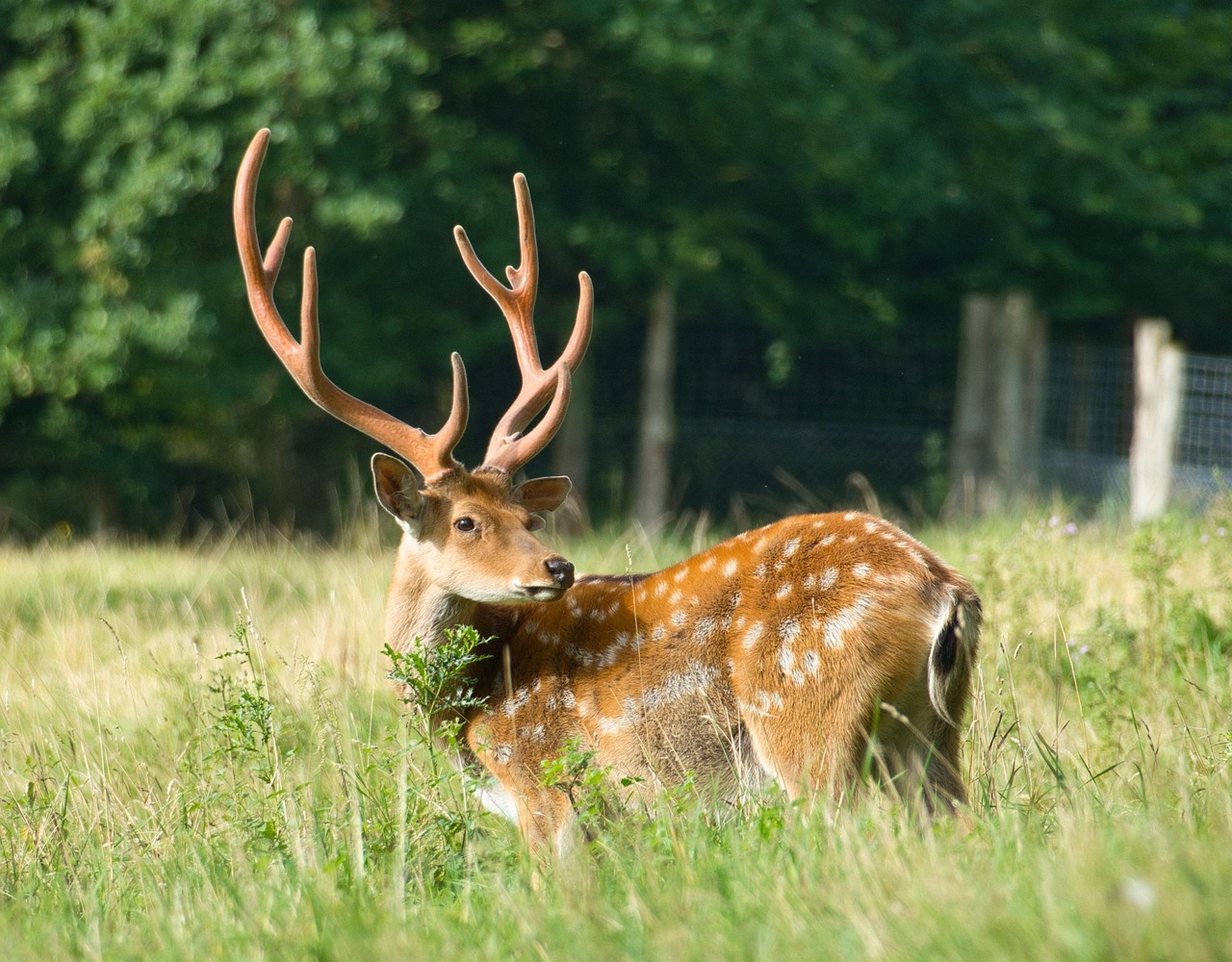
The Sika deer is mainly herbivorous, but its diet varies according to region and season. It feeds on grasses, tree leaves, and bamboo, but also on bark, especially in winter when a thick layer of snow covers the ground.
In the wild, males and females live in separate groups. Females and their young form large groups in grasslands and smaller, more mobile groups in forests. Males, on the other hand, leave the herd at one or two years of age to live a solitary life.
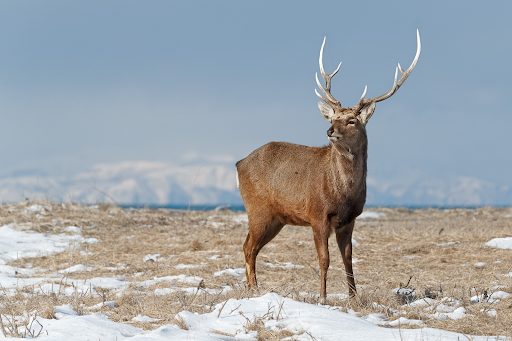
In Japan, the presence of the Sika deer in beliefs varies greatly depending on age and culture. No form of veneration has been observed among the peoples of the north, where the animal has always been perceived by the indigenous people as a simple source of meat. Conversely, in ancient Japan, the deer was long considered a sacred animal and messenger of the gods. It is still preserved today in ancient shrines, the most famous being the Nara Shrine, near the cities of Kyoto and Osaka. Its population has coexisted with humans for centuries, earning it the title of National Natural Monument in 1957.
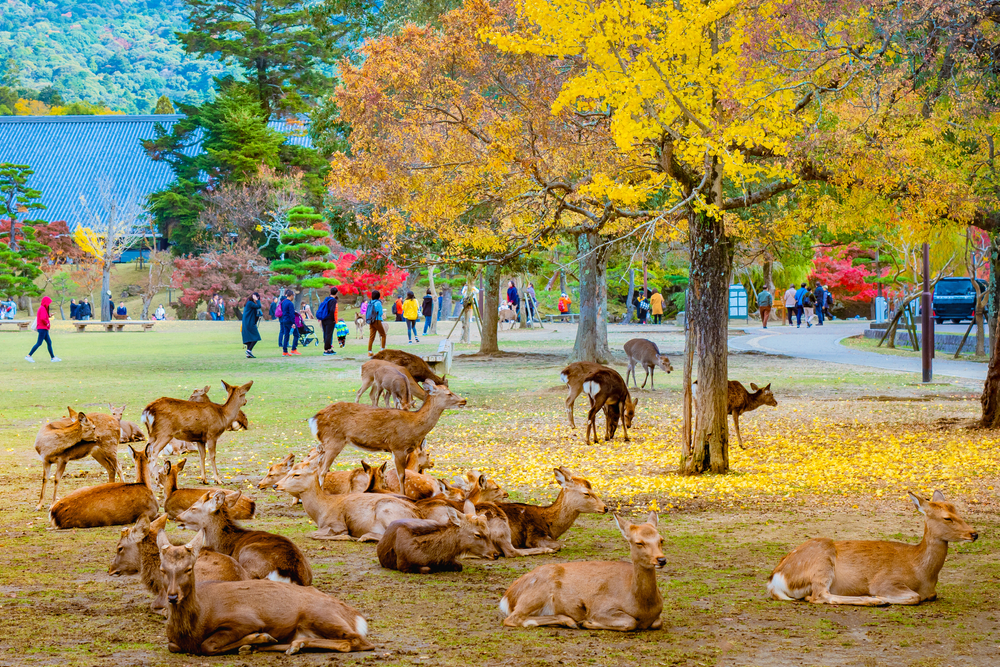
After centuries of veneration, excessive hunting took place between the 1870s and the 1940s, causing a sharp decline in the population and fragmentation of its range. In the decades that followed and until 1994, conservation policies were implemented to strictly regulate hunting, mainly of females. With no natural predators since the extinction of the Japanese wolf, the Sika deer’s range has expanded from less than 10% of Japan in 1945 to more than 50% since 2014.
Today, Sika deer populations are once again causing problems. The Japanese Ministries of the Environment and Agriculture, Forestry, and Fisheries blame the rapid increase in the Sika deer population for causing serious damage to agriculture and forests. In 2022, damage to crops was estimated at 6.5 billion yen, or approximately 40 million euros, and the trend is upward. In forest areas, deer feed on young tree shoots and strip the bark from mature trees. They are particularly destructive to undergrowth, which is very important for soil conservation, and this can lead to disasters such as the 2024 Mount Ibuki mudslide, not far from Kyoto.
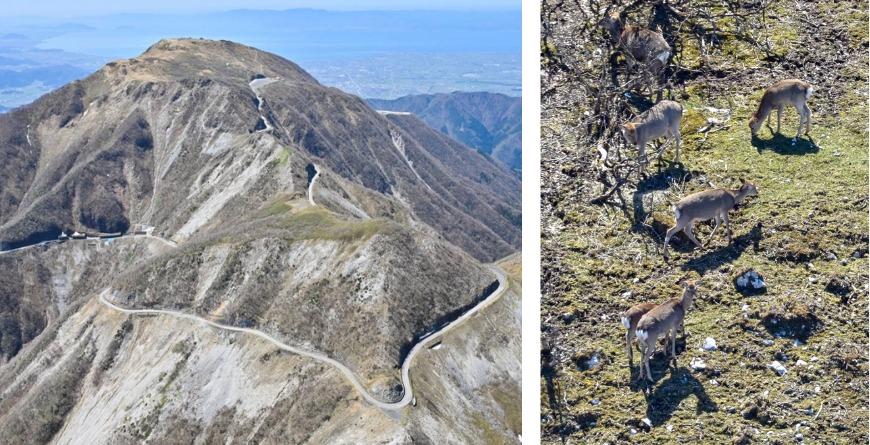
In response to these threats, in 2013 the ministries established an action plan aimed at halving the Sika deer population by 2023. As part of this action plan, they are providing subsidies to prefectures to support their capture.
Although the future of the Sika deer is not threatened in Japan, its impact on ecosystems, both natural and agricultural, is now a cause for serious concern. Without natural predators to regulate its population, the balance of ecosystems is at risk.
